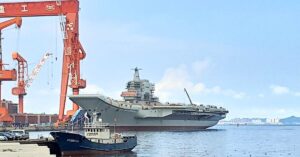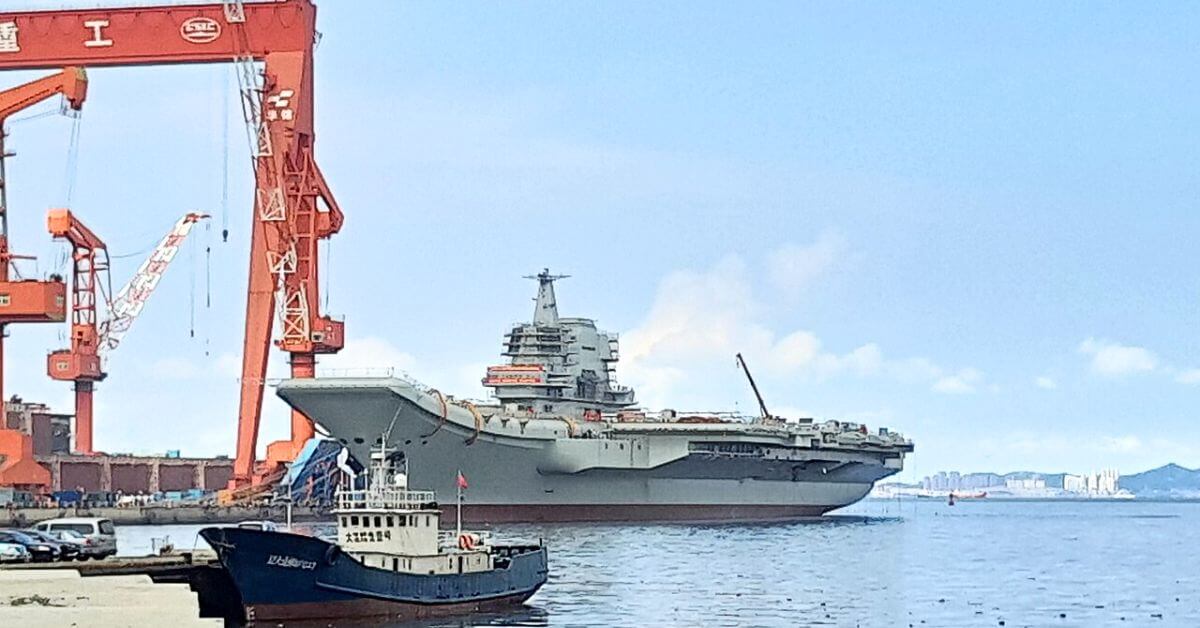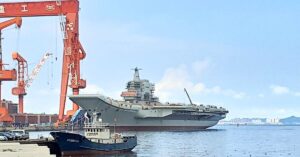
Port Everglades Ranks Among Top 20% In Global Container Port Performance
September 26, 2025
South Korea Fires Warning Shots At North Korean Ship After It Crosses Sea Border
September 27, 2025

Global shipping companies are continuing to place large orders with Chinese shipyards despite new U.S. port fees targeting vessels linked to China, according to a recent report by the Center for Strategic and International Studies (CSIS).
The CSIS report, based on S&P Global data, shows that Chinese shipyards accounted for 53% of all global ship orders by tonnage in the first eight months of 2025. This level matches the full-year 2023 figures before the U.S. Trade Representative (USTR) launched its maritime probe that led to the introduction of port fees on Chinese vessels.
The findings suggest that U.S. measures have not yet significantly shifted global shipbuilding orders away from China. Brian Hart, a fellow with the China Power Project at CSIS and an author of the report, said that “shipping companies are largely moving forward with business as usual.”
China’s dominance in shipbuilding has been growing steadily. In 2024, its share of global ship orders by tonnage rose to 73%, indicating that shipowners likely sought to lock in contracts ahead of the USTR restrictions.
Starting October 14, vessels built in China or owned or operated by Chinese entities, will be subject to a port fee upon their first call at a U.S. port. For a ship carrying more than 10,000 containers, this fee could exceed $1 million, and it is expected to increase annually until 2028, according to analyst estimates.
The port fees are part of a larger U.S. effort to strengthen domestic shipbuilding and counter China’s expanding maritime influence. However, the gap between U.S. and Chinese shipbuilding capacity remains substantial.
Last year, U.S. shipyards produced fewer than ten commercial ships, while Chinese shipyards delivered over 1,000 vessels, covering both commercial and military needs.
The U.S. Navy’s fiscal year 2025 plan described U.S. commercial shipbuilding as having suffered a near-total collapse, calling for long-term revitalisation to support the Navy’s shipbuilding needs.
Despite the looming fees, major shipping companies have continued ordering vessels from China. MSC, the world’s largest container operator, placed orders for 12 vessels in Chinese shipyards after the USTR announced port fees in April.
Other major shipping lines such as Hapag-Lloyd, Maersk, and CMA CGM have taken China-linked ships off U.S. trade routes to limit or avoid these fees.
HSBC analysts estimate that China’s COSCO Shipping could face port fees amounting to $1.5 billion in 2026, the highest among industry peers.
U.S. President Donald Trump has actively promoted U.S. shipbuilding and sought partnerships and investments from global shipbuilding leaders, including South Korea, to counter China’s dominance in maritime construction.
Reference: Reuters
Source: Maritime Shipping News


